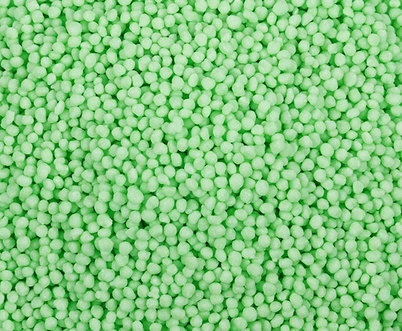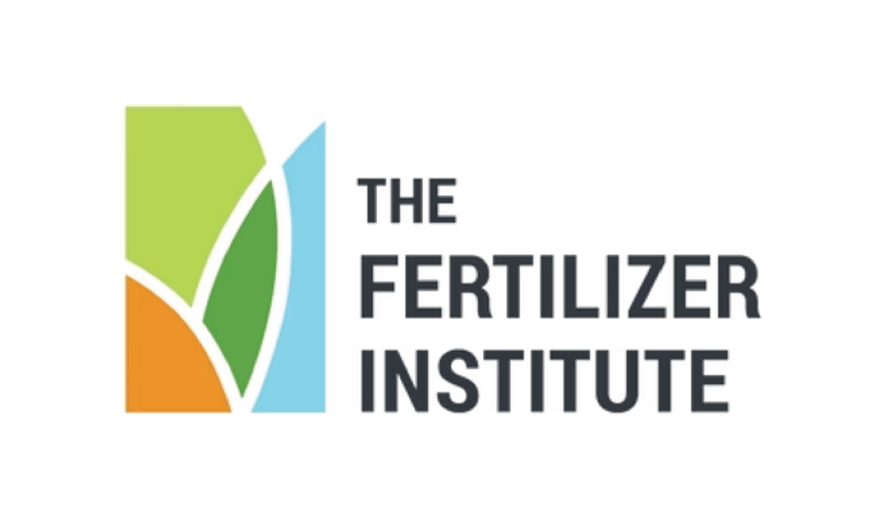Polymer Coated Fertilizers - A Microplastic Concern OR Integral to Environmental Sustainability?

Over the last decade or so, the concern of microplastics in the environment has become a globally discussed topic. Since microplastics are defined as plastic materials of 5 millimeters diameter or less, fertilizers containing polymer coatings fall into this classification. In 2019, the European Union passed regulation EU 2019/1009, specifying that polymer coatings must meet specific biodegradability criteria, effective July 2026. In Canada, polymers used to coat fertilizers must now be registered with the Canadian Food Inspection Agency (CFIA), the governmental body that regulates fertilizers. And in 2022, a bill was introduced in the State Senate of Minnesota that would have prohibited the use of “a fertilizer coated with plastic or another material that is not readily biodegradable.” Although this bill didn’t make it very far, it’s easy to see that polymer coated fertilizers are drawing attention of governmental agencies.
Is there justification for this? Many of those in the fertilizer industry see themselves as stewards of the environment and do their best to manage landscapes accordingly. Polymer coatings were first developed in part for the important purpose of protecting water quality, and science shows that they do an excellent job of this. These coatings prevent nutrient leaching, denitrification, runoff or volatilization and promote improved nutrient use efficiency by plants. As good stewards, the fertilizer industry wants to limit the use of any inputs that could cause harm to the environment, people, pets, or the community. Although these protective polymers are not native to the environment, there has not been any data found that shows that these coatings specifically have caused any harm. What has been proven is that they provide positive environmental and plant health benefits. Many fertilizer manufacturers are working towards developing coating technologies with improved biodegradability, but the solution to this challenge is likely years away. However, between now and then, it is critical to preserve access to existing polymer technologies that provide many sustainable benefits like clean water quality protection. Nobody in the green industry, or outside of it, wants to turn back the clock a few decades to a time when nitrates in groundwater were a much bigger concern than they are today.
Allied Nutrients is committed to developing enhanced efficiency fertilizers (EEFs) that offer environmental sustainability through nutrient loss protection and provides optimal nutrient uptake that assures maximum plant health benefits. Allied Nutrients is an active member of RISE (Responsible Industry for a Sound Environment, NALP (National Association of Landscape Professionals), and the Fertilizer and Supplements Advisory Council in Canada. Each of these groups advocates on the industry’s behalf to preserve and promote the tools that we use to manage, protect, and positively impact the environment that we live in. Knowledge evolves, science evolves, and technology evolves, it takes time, so we need to protect the environmentally sustainable options we have available to us today. Be involved in your industry and community to protect the tools (whatever they might be) that are important to your business and the broader industry. As evidenced by the development over the years of various fertilizer technologies, reduced-risk pesticides, more efficient machinery (mowers, sprayers, ride-ons, etc.) and the current advances in battery technologies, this industry has a history of meeting new challenges and polymer coatings is just the next one.
Share






